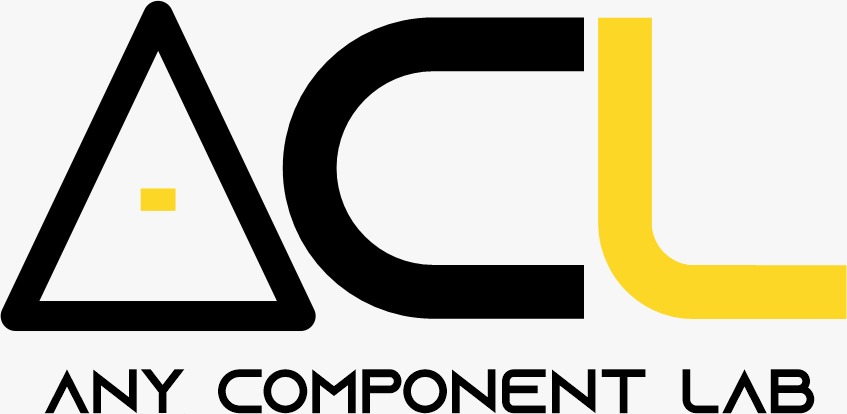Imagine a world where you could “feel” the temperature of your coffee before even touching the mug, or “see” the precise pressure inside your car tires while driving. This is the power of sensors – tiny, often unseen devices that bridge the gap between the physical world and our digital understanding. From the mundane to the extraordinary, sensors are quietly revolutionizing our lives, driving innovation in healthcare, transportation, manufacturing, and countless other sectors.
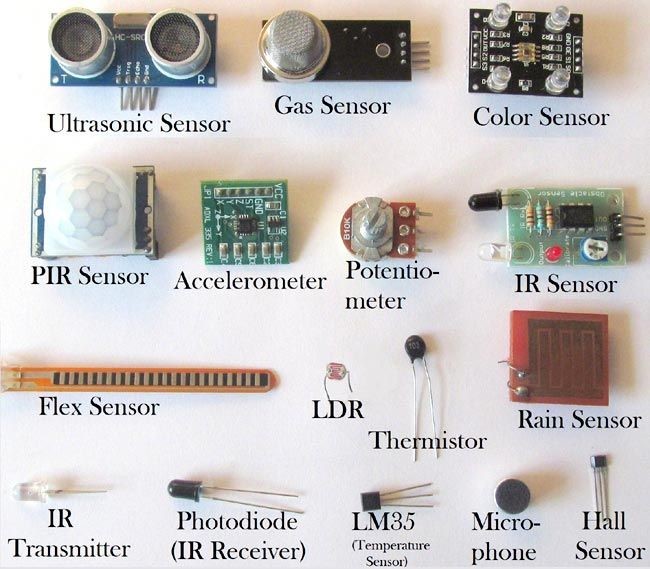
In its essence, a sensor is a device that detects changes in a physical quantity (like temperature, pressure, light, or sound) and converts them into a measurable signal, typically electrical. This signal is then processed, analyzed, and used to control systems, provide feedback, or trigger actions. Think of sensors as the eyes, ears, and noses of our technological world, gathering information from the real world and making sense of it.
Types
They are essential components in many modern applications, from smartphones and cars to industrial automation and environmental monitoring. They bridge the gap between the physical world and the digital realm, allowing us to collect data and understand our surroundings.
The world of is vast and diverse, each type specialized for a specific task. Examples are temperature , pressure , light motion , chemical , position, humidity sensors, etc.
How They Work: A Look Inside
While the specifics vary, sensors generally operate based on the principle of transduction. This involves converting the physical quantity being measured (temperature, pressure, etc.) into a measurable electrical signal. The process often involves a sensing element, a transducer, and an output signal conditioning circuit.
The Sensing Element: This is the heart of the sensor, directly interacting with the physical quantity being measured. It responds to changes in the measured property, like a thermocouple generating voltage based on temperature difference.
The Transducer: This element converts the sensing element’s response into a usable signal, typically electrical. This could involve converting resistance changes into voltage changes or pressure into a frequency signal.
Signal Conditioning: This circuit further processes the signal to make it compatible with the output device. It might amplify, filter, or convert the signal to a specific format for data analysis.
Sensors have become present everywhere, driving innovation across diverse industries:
Healthcare: Sensors play a vital role in medical devices, from blood pressure monitors and glucose meters to wearable fitness trackers and implantable peacemakers. They enable remote monitoring, early disease detection, and personalized medicine.
Applications:
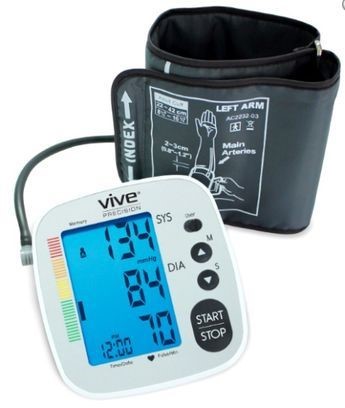
Transportation: They are at the heart of advanced driver-assistance systems (ADAS), autonomous vehicles, and smart traffic management. They detect lane deviations, monitor speed and distance, and provide crucial data for navigation and collision avoidance.
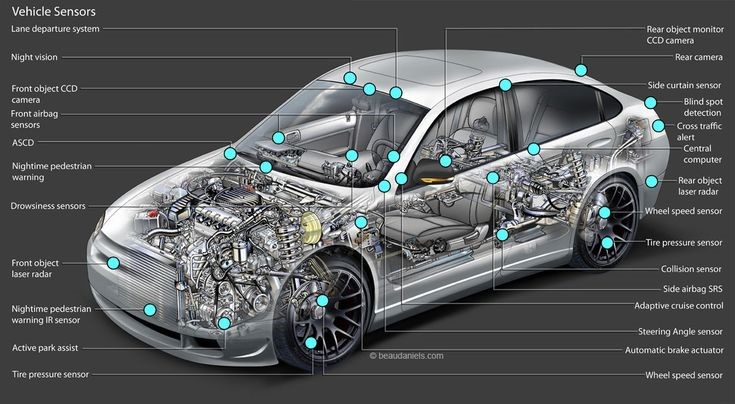
Manufacturing: They are essential for monitoring and controlling production processes, ensuring quality, and optimizing efficiency. They are used in robots, automated systems, and predictive maintenance programs.
Agriculture: They are used to monitor soil moisture, temperature, and other parameters, enabling precision agriculture, optimizing water usage, and improving crop yields.
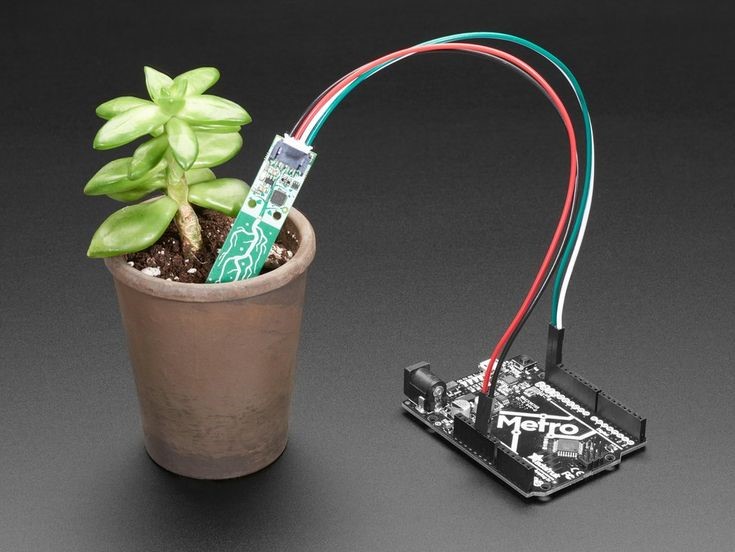
Security: Motion sensors, infrared detectors, and other types are essential for security systems, home automation, and surveillance.
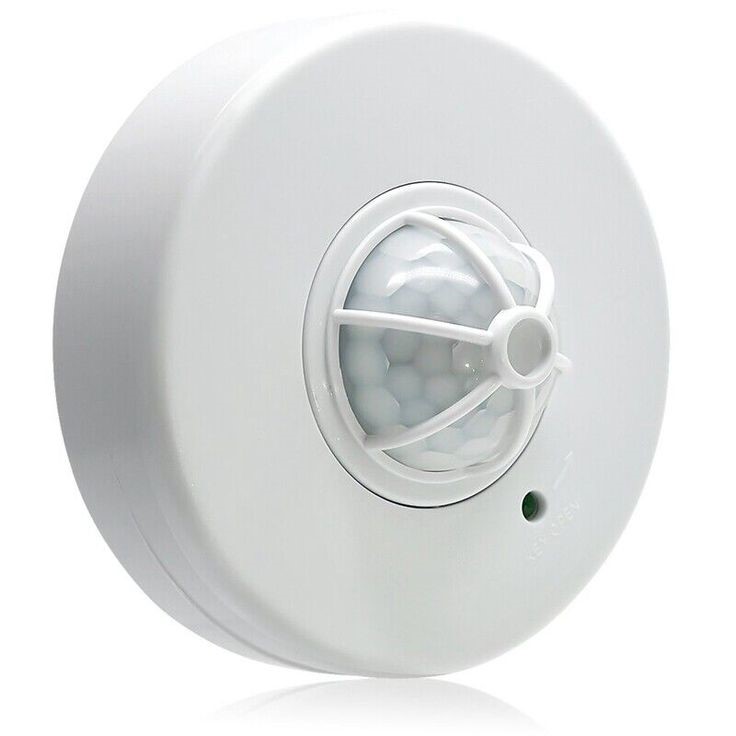
Energy: They are used in smart grids, renewable energy systems, and building automation to monitor energy consumption, optimize performance, and promote sustainability.
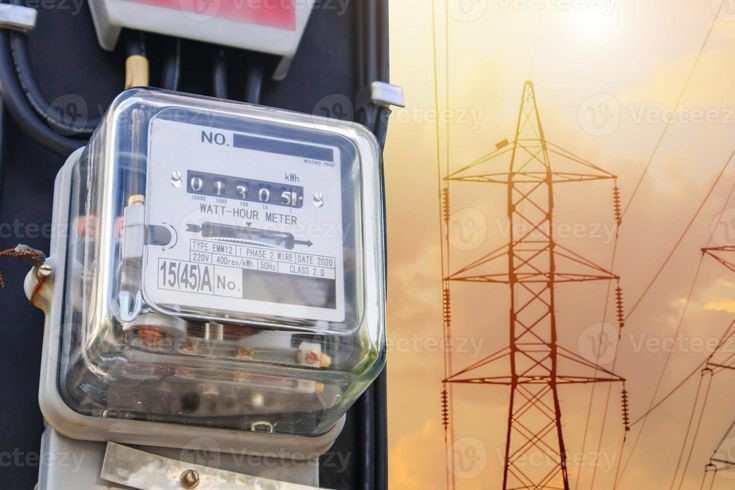
Environmental Monitoring: They are crucial for detecting air and water pollution, monitoring climate change, and predicting natural disasters.
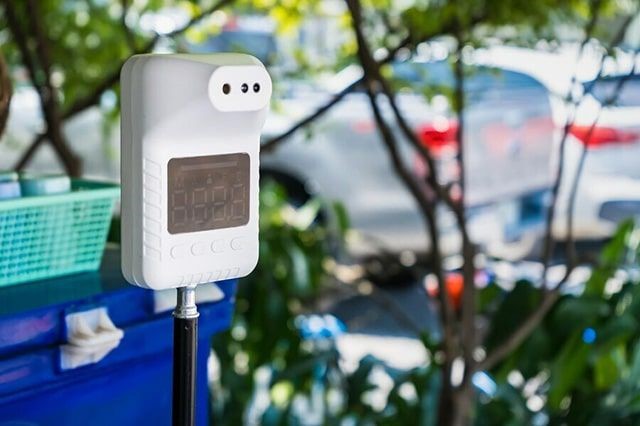
The Future of Sensors:
The future of sensors is bright, driven by advancements in nanotechnology, artificial intelligence (AI), and the Internet of Things (IoT). We are seeing a surge in miniaturization, increased sensitivity, and integration into smart devices.
Smart Homes and Cities: They play a key role in creating smart homes and cities, enabling automated systems for energy efficiency, traffic management, and environmental monitoring.
Wearable Technology: They drive the development of sophisticated robots for manufacturing, healthcare, and other fields.
Augmented Reality (AR) and Virtual Reality (VR): They enhance AR and VR experiences, providing users with realistic and immersive interactions with the virtual world.
Advanced Robotics: They drive the development of sophisticated robots for manufacturing, healthcare, and other fields.
The selection of the right sensor depends on the specific application and the parameters being measured. Factors to consider include:
Accuracy and Precision:
Sensors are not perfect. They have limitations in terms of accuracy (how close the measured value is to the true value) and precision (how consistently the sensor produces the same value). It’s crucial to consider the required accuracy and precision for the intended application. A sensor for a medical device needs much higher accuracy than one used for a simple home automation system.
Range and Sensitivity:
Each sensor has a specific range of values it can measure. For example, a temperature sensor might only work between -20oC and 100oC. Sensitivity refers to the sensor’s ability to detect small changes in the measured value. A highly sensitive sensor can detect subtle changes, while a less sensitive one might miss small variations.
Environmental Considerations:
Temperature, humidity, pressure, and other environmental factors can affect sensor performance. Sensors are designed for specific operating environments, and it’s important to select sensors suitable for the intended application.
Power Consumption:
Sensors, especially those used in battery-powered devices, have power consumption considerations. Selecting energy-efficient sensors is crucial for extending battery life and minimizing power usage.
Data Processing and Interpretation:
The raw signal from a sensor often needs processing and interpretation to be useful. This might involve filtering, scaling, or converting the signal into a meaningful value. Software and algorithms play a crucial role in extracting meaningful information from sensor data.
Calibration:
Many sensors require calibration to ensure accurate readings. This involves comparing the sensor’s output to a known standard and adjusting the sensor’s response accordingly. Regular calibration is essential for maintaining accuracy over time, especially in environments with changing conditions.
Cost and Availability:
Sensors vary significantly in cost, depending on their complexity, accuracy, and features. Availability also varies, with some specialized sensors being more difficult to obtain.
Future Trends:
Advancements in sensor technology are constantly happening, leading to smaller, more sensitive, and more affordable sensors. These factors are critical to consider when selecting and implementing sensors for any application.
Sensors are the unsung heroes of our technological revolution. They are the eyes and ears of our digital world, enabling us to understand, control, and interact with the physical environment in unprecedented ways. From healthcare and transportation to manufacturing and environmental monitoring, sensors are shaping the future, paving the way for smarter, more connected, and sustainable world.
Shop with us now ;
Temperature and humidity Sensor
